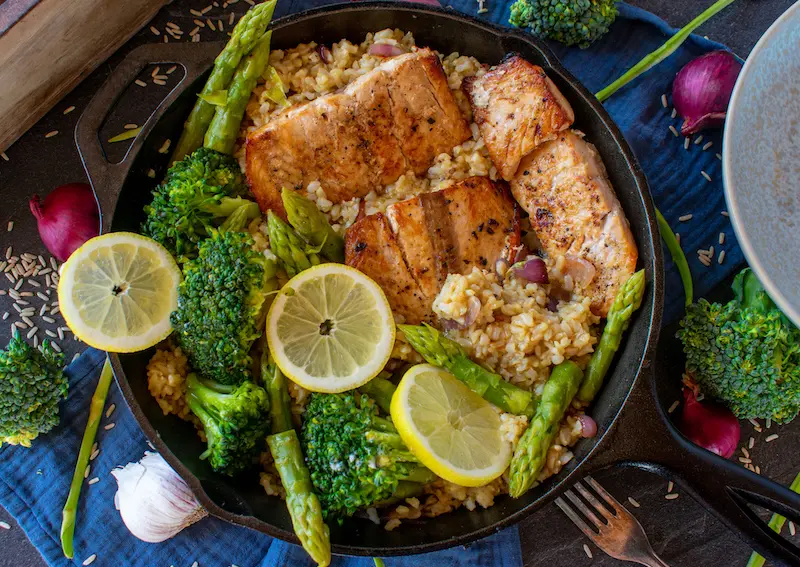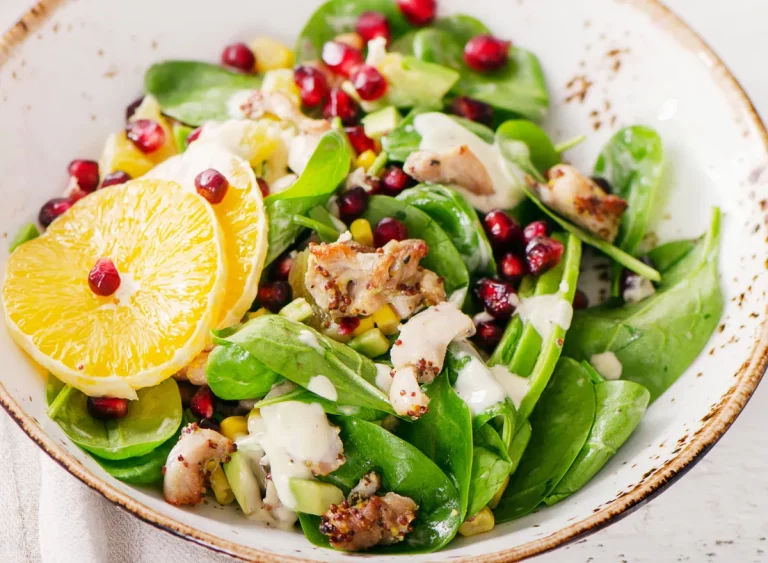Mix 2 tbsp before going to bed…
Introduction:
Joint discomfort, stiffness, and chronic inflammation can be more than just painful—they can interfere with your daily quality of life. Whether you’re managing arthritis, recovering from injury, or dealing with age-related wear and tear, there’s one surprisingly powerful ally in your fight for mobility and comfort: your kitchen.
While many turn to medications and supplements for joint pain relief, research increasingly points to nutrition as a fundamental, natural way to reduce inflammation, support cartilage, and ease pain. In this guide, we’ll explore six culinary strategies and key foods you can incorporate into your daily meals that may help alleviate joint discomfort naturally—no pills required.
🥬 1. Embrace Anti-Inflammatory Superfoods: The Foundation of Joint-Friendly Meals
Chronic inflammation is often at the root of joint pain. Eating anti-inflammatory foods consistently can help reduce that inflammation from the inside out.
Foods to Prioritize:
- Fatty Fish (salmon, mackerel, sardines): Rich in omega-3s, which lower joint inflammation.
- Leafy Greens (spinach, kale, Swiss chard): Loaded with antioxidants like vitamin C and K.
- Berries (blueberries, strawberries): Contain anthocyanins that reduce inflammation markers.
- Extra Virgin Olive Oil: A Mediterranean diet staple with oleocanthal, a natural anti-inflammatory compound.
- Avocados: High in monounsaturated fats and antioxidants.
Culinary Tip: Start your day with a smoothie made from frozen berries, spinach, flaxseed, and almond milk for an anti-inflammatory punch.
🐟 2. Boost Omega-3 Fatty Acids: The Joint-Saving Fats
Omega-3 fatty acids are some of the most potent natural anti-inflammatory nutrients. They reduce joint tenderness, stiffness, and morning pain—especially for people with rheumatoid arthritis.
Best Sources:
- Cold-water fish (salmon, tuna, sardines)
- Chia seeds
- Flaxseeds
- Walnuts
- Hemp seeds
Culinary Strategy: Add a spoonful of ground flaxseed or chia seeds to your oatmeal, yogurt, or salad. Cook with walnut oil for a nutty, healthy fat boost.
🌾 3. Integrate Whole Grains and Fiber-Rich Foods to Reduce Inflammatory Markers
Refined carbs and sugars spike inflammation. In contrast, fiber-rich whole grains stabilize blood sugar and support gut health, which in turn reduces systemic inflammation.
Joint-Friendly Carbs:
- Quinoa
- Brown rice
- Oats
- Barley
- Whole grain bread and pasta (look for 100% whole grain)
Culinary Tip: Replace white rice with quinoa or barley in stir-fries and salads. Serve overnight oats with cinnamon and fruit for a joint-loving breakfast.
🌱 4. Add Natural Antioxidants and Spices That Fight Inflammation
Certain spices and herbs aren’t just flavorful—they’re medicinal. Some have been used for centuries in traditional medicine to reduce pain and swelling.
Spices & Herbs to Embrace:
- Turmeric (contains curcumin): Potent anti-inflammatory, especially when paired with black pepper.
- Ginger: Natural analgesic and anti-inflammatory.
- Garlic: Contains sulfur compounds that inhibit inflammatory enzymes.
- Cinnamon: Anti-inflammatory and blood sugar stabilizing.
Culinary Strategy: Add turmeric and black pepper to soups or stews. Brew ginger tea or toss fresh ginger into smoothies and marinades.
🧀 5. Support Joint Tissue with Collagen and Vitamin C-Rich Foods
Collagen is a major building block of cartilage, tendons, and ligaments. As we age, collagen production decreases, but certain foods help boost its synthesis—especially when paired with vitamin C.
Joint-Tissue Boosters:
- Bone broth: A natural source of collagen and gelatin.
- Citrus fruits (oranges, grapefruits): High in vitamin C.
- Bell peppers
- Tomatoes
- Kiwi, strawberries, broccoli
Culinary Strategy: Sip a warm cup of bone broth daily or use it as a base for soups. Pair citrus fruit with your morning yogurt or oatmeal.
🚫 6. Avoid Joint-Harming Foods While Replacing Them with Nutritious Alternatives
While incorporating healing foods is important, equally crucial is removing or reducing foods that aggravate joints and promote inflammation.
Foods to Limit or Avoid:
- Refined sugars and carbs (white bread, soda)
- Processed meats (hot dogs, deli meats)
- Fried foods (especially in vegetable oils)
- Excessive alcohol
- Trans fats and hydrogenated oils
Healthy Replacements:
- Replace soda with sparkling water + citrus.
- Swap out deep-fried snacks for air-fried or baked versions.
- Use olive or avocado oil instead of processed vegetable oils.
Culinary Tip: Cook more meals at home where you can control ingredients—this reduces hidden sugars, salts, and inflammatory fats.
🥗 Sample Joint-Friendly Meal Plan (1 Day)
Breakfast:
- Overnight oats with berries, chia seeds, and cinnamon
- Green tea with ginger and lemon
Lunch:
- Quinoa salad with spinach, chickpeas, olive oil, bell peppers, and avocado
- Bone broth on the side
Snack:
- Greek yogurt with strawberries and ground flaxseed
Dinner:
- Grilled salmon with turmeric-roasted sweet potatoes and steamed broccoli
- Mixed greens salad with walnuts and lemon vinaigrette
Evening:
- Herbal tea (turmeric or ginger) and a small square of dark chocolate (70% or more)
🧘♀️ Conclusion: Eat With Intention, Move With Ease
Your fork can be just as powerful as any prescription bottle. By strategically choosing ingredients that fight inflammation, nourish your joints, and support connective tissue health, you’re giving your body the tools it needs to heal and move freely.
Food won’t replace medical care, but as a natural, consistent part of your daily life, these culinary strategies can dramatically support joint comfort, flexibility, and overall vitality.





